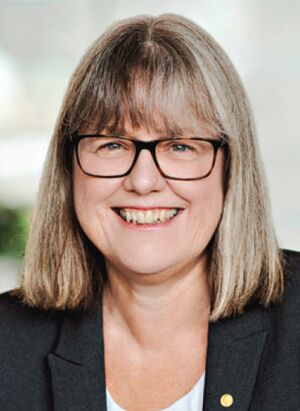Donna Strickland
Biography
Donna Strickland’s research has had a transformative impact on the fields of science, technology, and medicine. Her landmark achievement came while she was a graduate student, when, along with her PhD supervisor, Gerard Mourou, she developed a means of creating extremely intense laser pulses. For their work, they were awarded the Nobel Prize in Physics in 2018. Their breakthrough was a method to create extremely intense laser pulses. Before this, the intensity of laser pulses was limited by the damage threshold of the gain medium and other optical components within the laser cavity. Strickland’s contribution was to introduce the concept of chirped-pulse amplification. What this means, in essence, is that a laser pulse is first stretched in time, then amplified, then compressed back into a short pulse. This is now the standard procedure in all short-pulse, high-intensity lasers, which are widely used in medical, industrial, and scientific applications. Over the past two decades, ultrafast lasers have led to studies that significantly contributed to the theoretical under-standing of matter at extreme conditions. Applications include the efficient conversion of optical laser light into flashes of X-ray and gamma-ray radiation, the acceleration of particles to giga-electron volt energies in very short distances and fusion energy applications including fast ignition. Indeed, Strickland’s research has extended the fundamental understanding of science in many fields. But the practical application of her research is equally impressive. Today, high-power lasers are a multibillion-dollar industry and every high-power laser used in laser micromachining and manufacturing employs Strickland’s chirped-pulse technique. The application of high-power lasers in medicine has improved the lives of people around the world by giving doctors far more precise surgical capacity and new powers to remove tumors in cancer patients, correct vision via eye surgery, and perform prostate and heart procedures. Few researchers in physics have achieved the success that Strickland has. And yet she remains very active in the day-to-day of science and engineering through her extensive participation in several professional societies. She is shining example of what an IEEE Honorary Member should be.
Strickland is a professor, University of Waterloo, Physics Department, Waterloo, Ontario, Canada.
